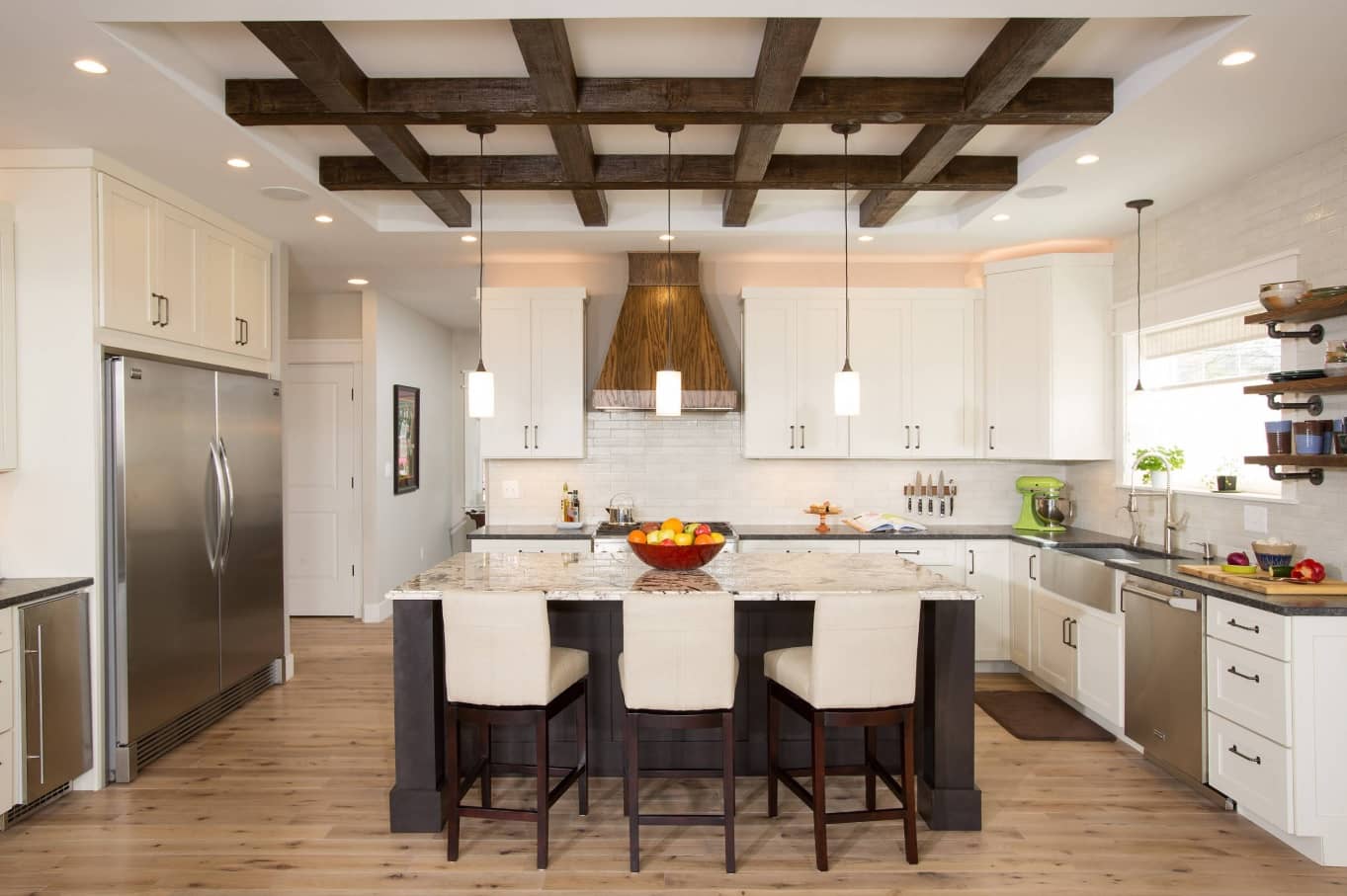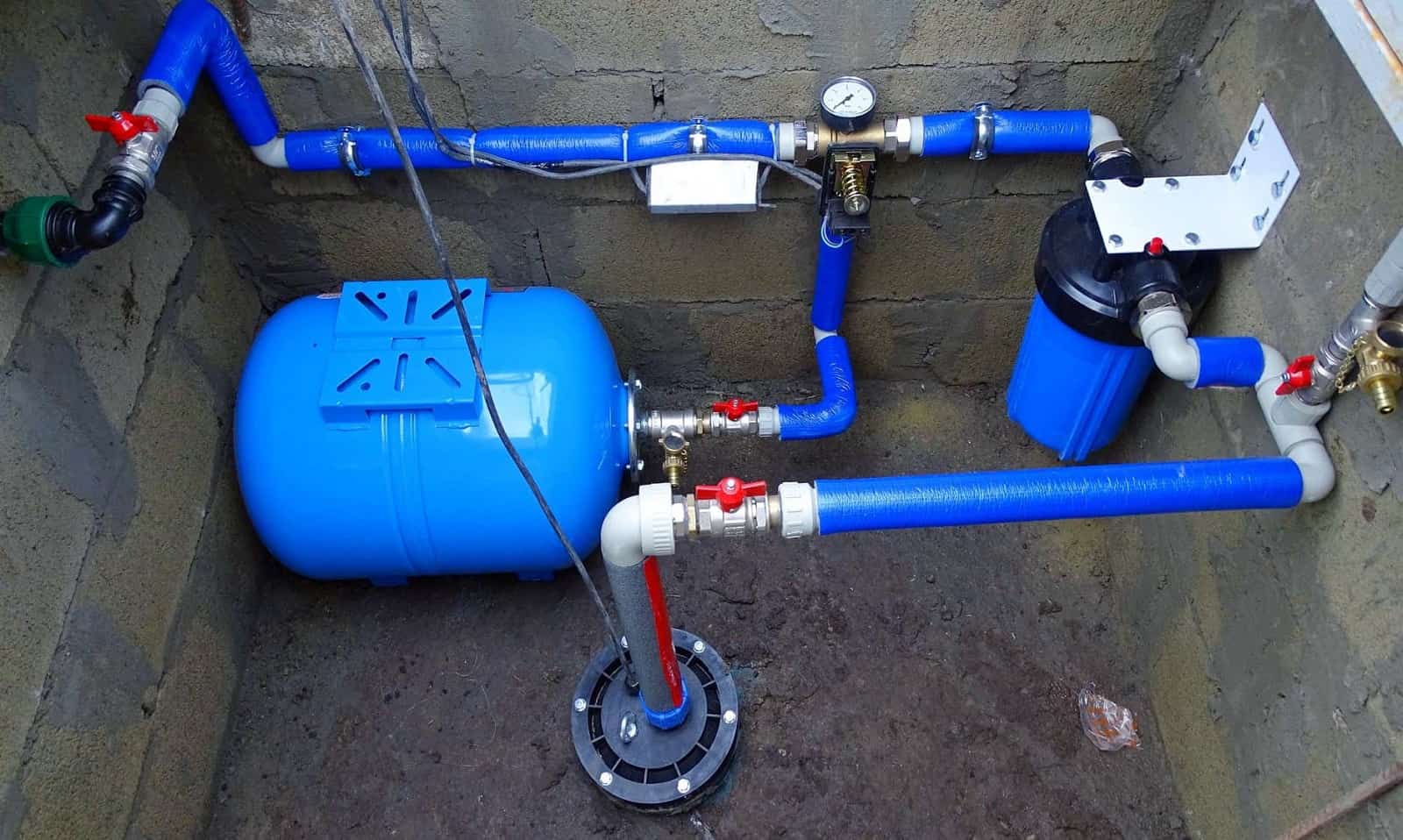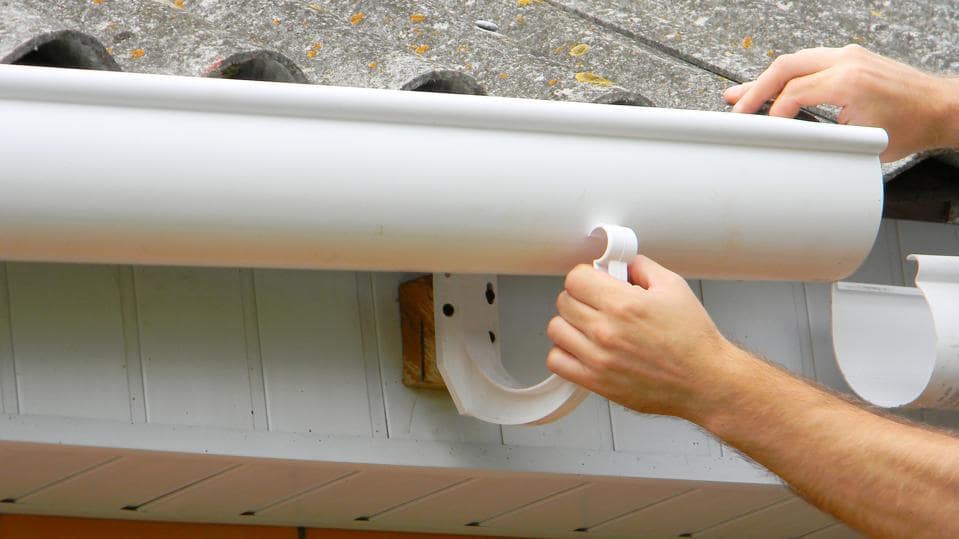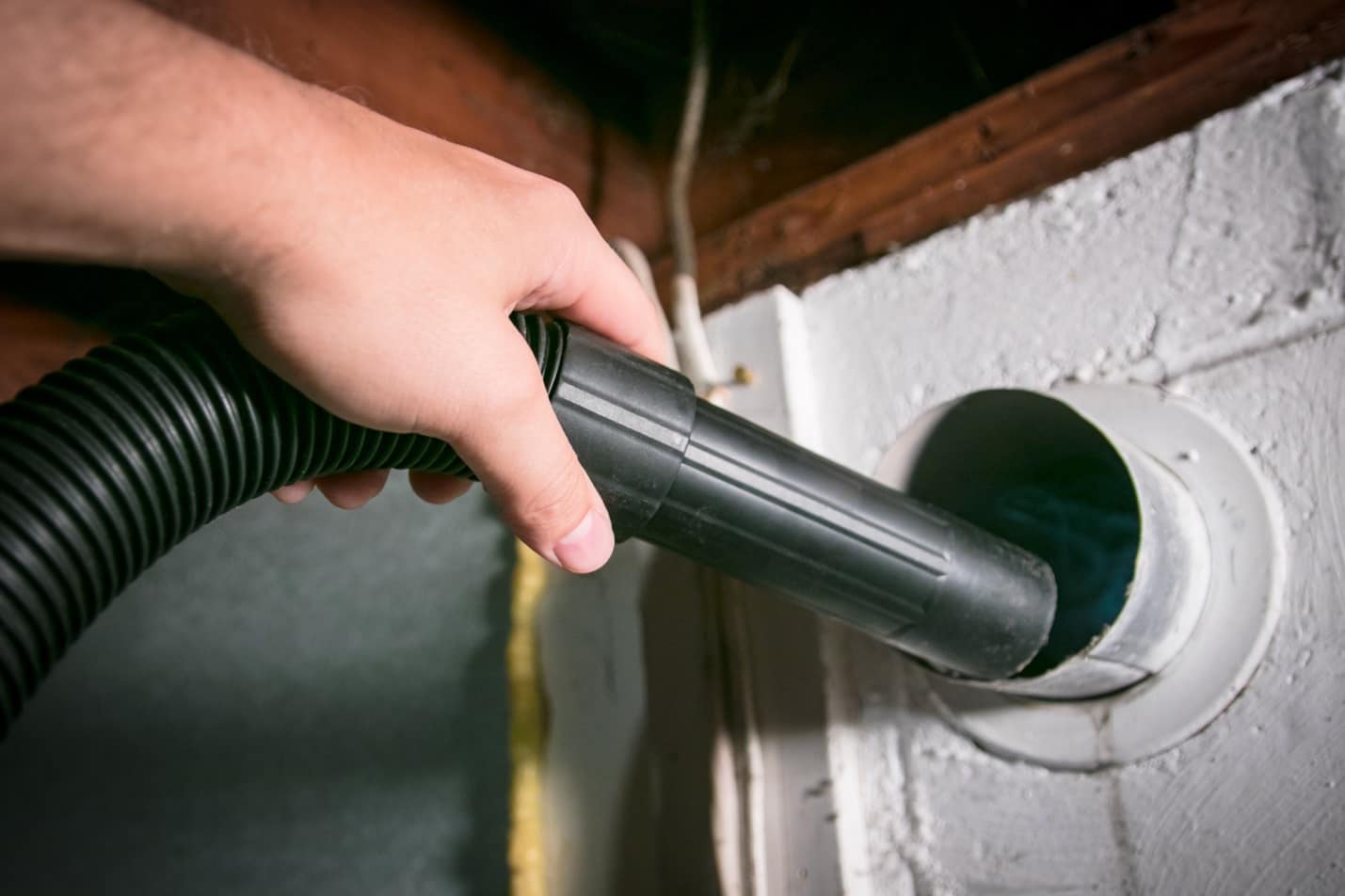House remodeling is an expensive endeavor. You always want to make sure you are keeping track of your spending and that the budget is on target, if not under by a little bit. Trying to keep track of it all, and any changes you make along the way is very tricky. However, there are a few very good ways to go about it.
Use a Tracking Program
Use a tracking program for remodeling costs and changes, something like CostCertified. These programs help you keep up with costs, what you have spent, what you have left to spend and changes in estimates when something about your remodeling project doesn’t work out. It can be used by both professional contractors and homeowners to assist with every step of the remodeling project.
Accounting Software
Accounting software helps too, although it doesn’t nearly do as much as a program like CostCertified. Think Quickbooks or Excel and you have a good idea of the kind of accounting software you can use. Head several columns with parts of the project (e.g., appliances, hardware, flooring, paint and paint supplies, etc.). Then enter your expenses every time you pay for something or purchase something for the project. If your contractor hands you a bill and you pay it, ask for an itemized bill so that you can enter the expenses under the correct column headings.
Save All Your Receipts
Some products and materials you buy for a remodeling project may be returned if you end up with a surplus. Other materials may come with a warranty of some sort, and you will have to prove when you bought it. Regardless of the reason why, you should be saving all of your receipts for your project. The receipts will help you track your spending efficiently and help you with any other reasons why you would need the receipt months after a project is complete.
Keep a Strong Handle on Things
You already know what you want to remodel. You know what you can afford and what you can’t. Keeping a tight rope around your budget is vital to completing this project with little to no debt. Track the expenses, cut corners where you are willing to compromise, refrain from buying something you didn’t plan to buy, and if you overspend, stop the project. At that point, you will have to decide how you are going to finish this project going forward, or if you really need to finish it (i.e., can you live with formica countertops that look like marble instead of buying actual marble?).
If you are keeping track from the first day the project starts, and you are doing an excellent job of keeping track, you shouldn’t be caught off guard with anything. Being able to change an estimate when you have to make a choice and change materials is especially helpful. It is also the best way to refrain from spending on what you don’t need versus what you do need.








